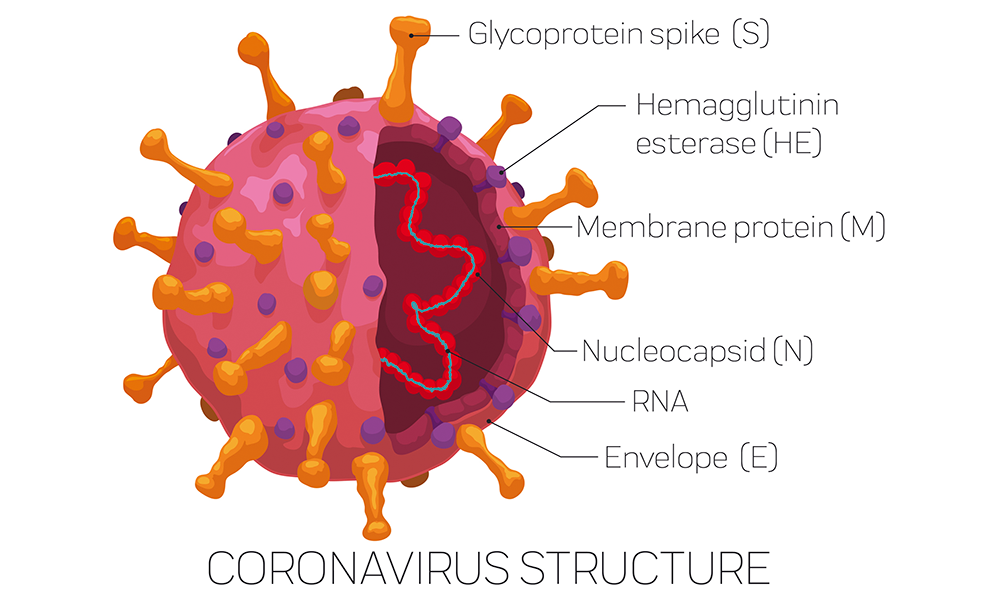JMU biology professor joins search for COVID-19 cure
JMU News
A James Madison University biology professor is doing his part to find a cure for the COVID-19 virus, or at least some computers he manages have joined the effort.
Steve Cresawn, co-director of JMU's Center for Genome and Metagenome Studies, or CGEMS, is lending some underutilized computing power to a crowd-sourced research effort that is running simulations of COVID-19 proteins.
Normally, the CGEMS computers would have plenty of work to do handling research questions for students. Due to the pandemic, that work is either substantially curtailed or not happening at all, Cresawn said. So, he installed Folding@home software on them in mid-March to aid the project’s search for ways to attack the COVID-19 virus.
Based at the Washington University School of Medicine in St. Louis, the Folding@home researchers typically spend their time on cancer, other infectious diseases and neurological diseases such as Alzheimer’s. During the pandemic, they have turned a great deal of their attention to COVID-19.
Anyone with a computer can download the software and assist the project. “Essentially, what you are doing is you are donating time on your computer to a project that someone else has set up. The people who set it up are people who are experts in the field of coronavirus,” Cresawn said. Cresawn’s brother, Ryan, a principle systems administrator at the University of Arizona, makes up the other half of Team Cresawn and is running the software on computers there.
Various news reports state that Folding@home has gotten so much interest among its users, including CERN, the European Organization for Nuclear Research, and Microsoft, that it has achieved a collective computing power faster than the top 500 supercomputers in the world combined.
What the project does is give researchers direction in what experiments to run, Cresawn said. "When it comes to understanding how living things work, the simple thing to do is to read the information in the genome, to sequence the genome," he said. "You can determine from that what proteins the organism can make by just running it through software that predicts the proteins based on the DNA sequence, but the really hard thing to do computationally is to imagine those proteins as something more than just a kind of linear array of amino acids. In reality, the structure of the protein is everything in terms of the function that it has inside a cell. That’s largely what this network of computers is working on, trying to figure out what are the proteins that are made, how do they fold up?
“With viruses in particular, understanding how a virus particle attaches to a cell when it’s attempting to infect it, that’s the stage of the virus lifecycle that is oftentimes targeted by antiviral therapies. If you have a good idea of the structure of the proteins that make up the virus particle itself, then you can use that to make informed decisions about finding ways to interrupt that process.”
As for his outlook on Folding@home finding a remedy for COVID-19, Cresawn said, “You just never know when something significant will come along. I’m certainly hopeful and optimistic. I’m just grateful we have a resource that we can contribute in some way.”
About the JMU Center for Genome and Metagenome Studies
The JMU Center for Genome and Metagenome Studies (CGEMS) supports innovative, leading-edge research and training in the methods and principles of genomics, metagenomics, transcriptomics, and bioinformatics for students at all levels. CGEMS supports and fosters collaboration among researchers and students in a variety of departments and colleges. CGEMS also sponsors seminars and provides outreach to other higher education institutions in Virginia as well as area schools.
Media contact: Eric Gorton, gortonej@jmu.edu, 540-908-1760.
# # #
